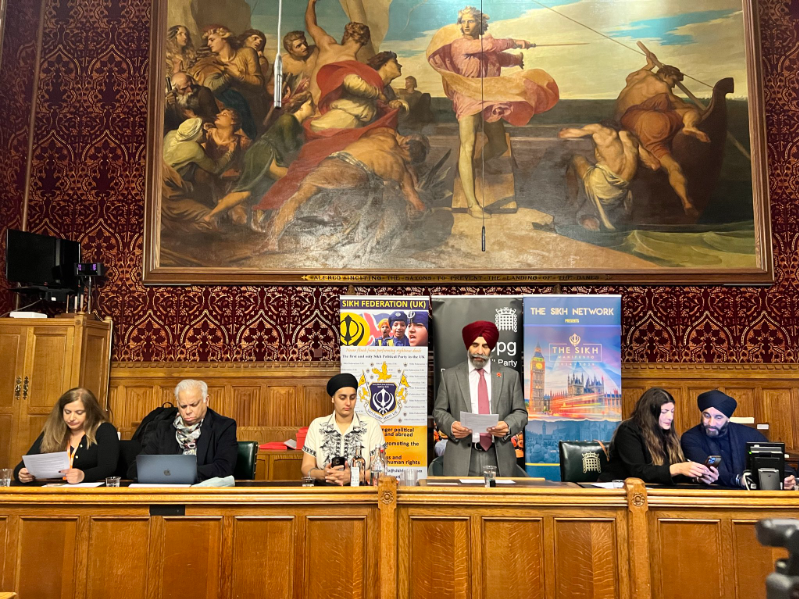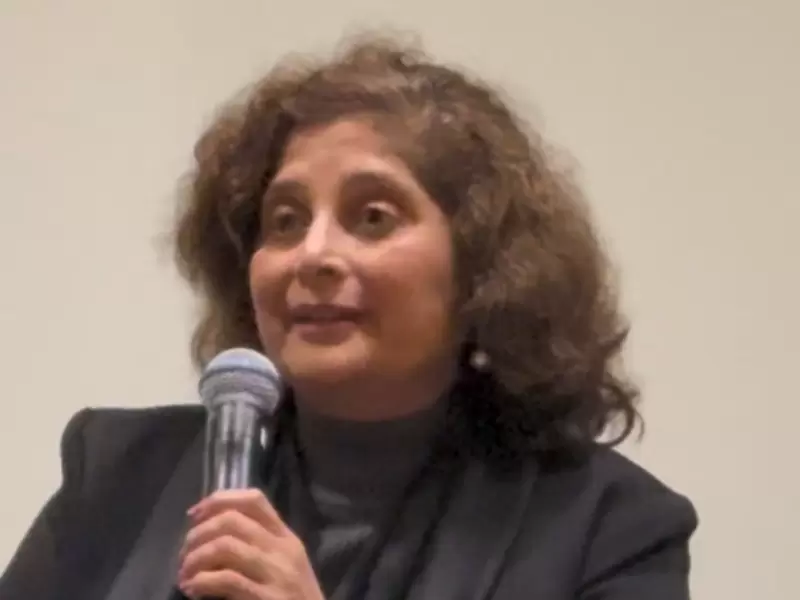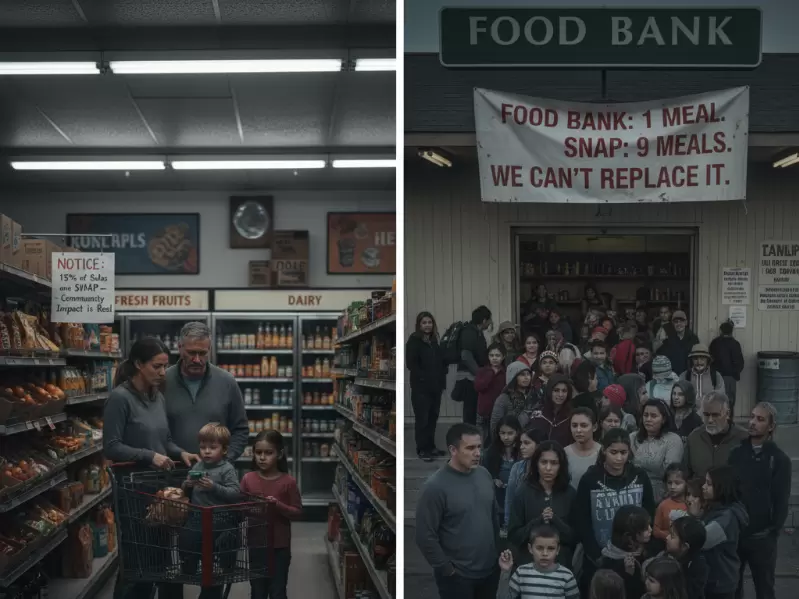Ranking Top 100 Cities on Urban Parks — Where We Go To Heal
A poll by the Trust for Public Land reveals that parks also serve as essential spaces for connection.
.jpeg) Jyoti Pande walks his son’s dog Zara to Memorial Park in Cupertino California. / Courtesy Photo
Jyoti Pande walks his son’s dog Zara to Memorial Park in Cupertino California. / Courtesy Photo
Jyoti Pande loves to take his son’s dog, Zara to Memorial Park in Cupertino every day at 6.30pm. By tacit agreement many dog owners show up there. The dogs have fun sniffing each other out but the adults get a much-needed break from their Silicon Valley desks. Urban parks are more than just places for relaxation or recreation, though those benefits are important. A poll done by the Trust for Public Land, a nonprofit dedicated to creating parks and protecting public land, reveals that parks also serve as essential spaces for connection, where people from diverse backgrounds interact in ways that are increasingly rare in today’s polarized society.
At American Community Media experts in urban planning, public health, and community development discussed the latest ParkScore report, highlighting key findings from the poll and spotlighting the cities leading the way in building more inclusive, impactful park systems. This event discussed the Trust for Public Land's (TPL) annual ParkScore rankings TPL's ParkScore, which evaluates park systems based on factors like park acreage, amenities, investment, equity, and access (percentage of residents with a park within a 10-minute walk). The Trust for Public Land publishes the ParkScore annually.
The top 10 cities in the nation’s park systems this year include Washington, D.C., Irvine, California, Minneapolis and Cincinnati.
Washington, D.C., topped the charts for the fifth year in a row
Washington has ranked first for five consecutive years, which is attributed to the long-term planning of including park land in the early stages of the city’s construction. Twenty-one percent of land in the District of Columbia is reserved for parks, among the highest in the United States. The District also outperformed ParkScore’s park access metric. More than 99 percent of District residents live within a 10-minute walk of a park, said Will Klein, Associate Director for Parks Research at TPL's Land and People Lab.
The relationship between park access and health equity
Los Angeles has not updated its park master plans since 1973, Guillermo Rodriguez, California State Director and VP-Pacific Region, Trust for Public Land pointed out. “There are about 1.5 million Angelinos who do not have a close-to-home park.”
According to the survey, Los Angeles’s natural reserves and large parks are mostly concentrated in affluent areas such as the WestSide of Los Angeles. However, South Los Angeles and the East Side, which are densely populated and inhabited by ethnic minorities, are severely lacking in green space, forming the so-called “green space inequality. multiple problems such as uneven distribution of resources, long-term lack of planning updates, and insufficient investment. He said that currently about 1.5 million residents in Los Angeles cannot walk to nearby community parks, and the situation is especially serious in low-income and non-white communities. In contrast to other cities’ standards of updating park master plans every five to 10 years,
Public lands are under threat from special interest groups seeking to strip protections
The poll conducted by the Trust for Public Land found that a large majority of Americans oppose the closure or sale of national public lands. Specifically, 74 percent of respondents opposed closing public lands, while 71 percent opposed selling them to the highest bidder. The poll also indicated strong support for protecting and expanding access to public lands.
Atlanta’s jugaad to serve up parks to its residents
Atlanta is significantly improving park access for its residents. The city's ParkScore ranking is rising from 25th to 21st, and the percentage of residents within a 10-minute walk of a park is increasing from 79% to 82%. Justin Cutler, Commissioner of Parks & Recreation, City of Atlanta shared that the city is working with school districts to promote the “School Playground Opening Plan” to make school playgrounds open to community residents after school thereby greatly improving residents’ accessibility to parks.
A 16-acre park, Cook Park is an example of green infrastructure that was built on land previously destroyed by flood of 2002. This initiative aimed to address the long-standing flood risk in the neighborhood. It serves a dual purpose: a flood barrier to mitigate the risk of future flooding in the neighborhood and a public park. Cook Park offers a variety of amenities, including wetlands, native plants, a pond, playgrounds, a splash pad, walking trails, and memorials honoring civil rights leaders. The park's development was a collaborative effort between the city of Atlanta, The Trust for Public Land, and the community residents. Resident input played a key role in the park's design and features. In addition to flood control, the park provides valuable green space, reduces the urban heat island effect, and contributes to the revitalization of the neighborhood.
“Parks are some of the few spaces where people from all walks of life still come together,” said Will Klein, Director of Research at the Trust for Public Land. Two-thirds of U.S. residents met someone new in a park last year, and half of those interactions crossed socioeconomic lines,” he said.
ADVERTISEMENT
ADVERTISEMENT
E Paper
Video



 Ritu Marwah
Ritu Marwah 












Comments
Start the conversation
Become a member of New India Abroad to start commenting.
Sign Up Now
Already have an account? Login